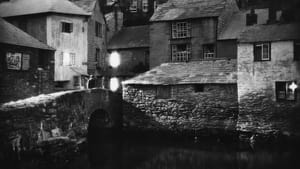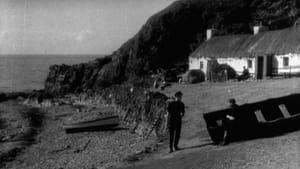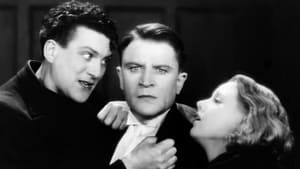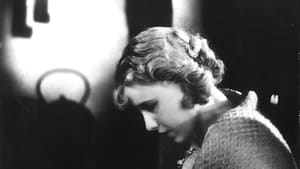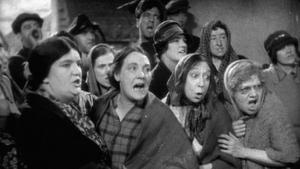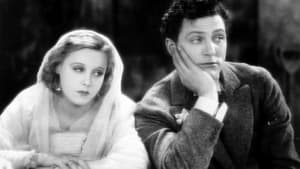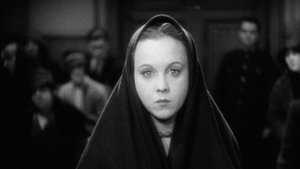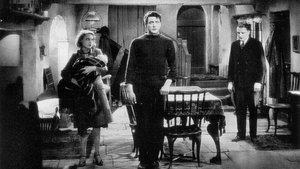Contact: [email protected]
Video Sources 0 Views
- The Manxman

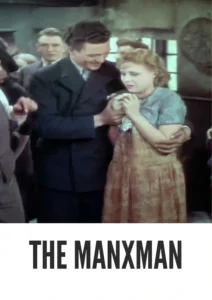
Synopsis
Table of Contents
ToggleReview: The Manxman (1929) – A Classic Romantic Drama Transformed by Early Colored Techniques

Introduction
“The Manxman” (1929) stands as a testament to the enduring power of love and sacrifice in the face of societal expectations. In this review, we will delve into the significance of this early colored film, exploring its impact on audiences and its lasting legacy in the realm of romantic drama.
Check The Full Colorized Movies List
Check Our Colorized Movies Trailer Channel
Understanding The Manxman 1929: Director, Cast, and Genre
Directed by the legendary Alfred Hitchcock, “The Manxman” (1929) showcases his early mastery of storytelling and visual storytelling. The film features a talented cast, including Carl Brisson, Anny Ondra, and Malcolm Keen, whose performances breathe life into the complex characters at the heart of the story. Blending elements of romance, drama, and tragedy, “The Manxman” (1929) transports viewers to the rugged landscapes of the Isle of Man, where love and duty collide with devastating consequences.
Exploring the World of The Manxman 1929: Plot and Characters
At its core, “The Manxman” (1929) tells the story of two childhood friends, torn apart by their love for the same woman. As they navigate the treacherous waters of love and betrayal, they must confront the harsh realities of class and social expectation, leading to a heartbreaking conclusion that resonates with audiences to this day. Through its richly drawn characters and poignant storytelling, “The Manxman” (1929) invites viewers to ponder the complexities of human relationships and the sacrifices we make in the name of love.
The Art of Film Colorization
Film colorization serves as a transformative tool that enhances the visual experience of classic movies, breathing new life into timeless stories and captivating audiences with vibrant hues. By digitally adding color to black and white films, colorization allows viewers to immerse themselves in the rich tapestry of cinematic worlds, exploring every nuance and detail with fresh eyes and renewed appreciation.
Early Colored Films: A Brief History
The history of colored films traces its roots back to the early days of cinema, with filmmakers experimenting with various techniques to add color to their creations. From hand-tinted frames to early Technicolor processes, the evolution of colored film has been marked by innovation and ingenuity, paving the way for the development of modern colorization techniques that continue to captivate audiences to this day.
The Manxman 1929 and Its Early Colored Version
The decision to release “The Manxman” (1929) in a colorized format offers viewers a fresh perspective on Hitchcock’s early masterpiece, enhancing its emotional resonance and visual appeal. While purists may argue that colorization compromises the artistic integrity of the original work, the early colored version of “The Manxman” (1929) breathes new life into the film, allowing audiences to experience its beauty in a whole new light.
The Debate Over Film Colorization
The debate over film colorization continues to divide audiences and critics alike, with proponents praising its ability to breathe new life into classic movies and introduce them to a new generation of viewers, while detractors argue that it compromises the artistic integrity of the original work and diminishes its historical significance. As the debate rages on, filmmakers and audiences alike are left to ponder the merits and drawbacks of colorization in the ever-evolving landscape of cinema.
Examining The Manxman 1929 as an Early Colored Film
As with any colorized classic, the impact of colorization on “The Manxman” (1929) is a matter of personal interpretation. Some may argue that it enhances the film’s visual appeal and immerses viewers in its world, while others may feel that it detracts from the stark beauty of the original black and white version. Regardless of one’s stance on the issue, there’s no denying the enduring power of “The Manxman” (1929) as a timeless romantic drama that continues to capture the hearts of audiences around the world.
Influence and Legacy: The Manxman 1929’s Impact on Cinema
“The Manxman” (1929) has left an indelible mark on the world of cinema, inspiring countless filmmakers and captivating audiences with its timeless tale of love and sacrifice. From its unforgettable performances to its breathtaking cinematography, the film continues to resonate with viewers of all ages, reaffirming its status as a beloved classic of the romantic drama genre.
Director’s Cinematic Legacy: Beyond The Manxman 1929
Alfred Hitchcock’s influence extends far beyond “The Manxman” (1929), with a diverse body of work that continues to captivate audiences around the globe. From “Psycho” to “Vertigo,” Hitchcock’s films are celebrated for their suspenseful storytelling, innovative camera techniques, and unforgettable characters, solidifying his legacy as one of the greatest directors in cinematic history. Through his groundbreaking work, Hitchcock has left an indelible imprint on the world of cinema, inspiring generations of filmmakers to follow in his footsteps.
Themes Explored in The Manxman 1929
“The Manxman” (1929) explores a myriad of themes, from the complexities of love and betrayal to the enduring power of friendship and sacrifice. Through its richly drawn characters and poignant storytelling, the film invites viewers to ponder the universal truths that bind us together and the sacrifices we make in the name of love. As audiences immerse themselves in the world of “The Manxman” (1929), they are reminded of the timeless lessons of forgiveness, redemption, and the indomitable human spirit.
Reception and Controversy Surrounding The Manxman 1929
Upon its release, “The Manxman” (1929) received widespread critical acclaim, with many praising its heartfelt performances, gripping narrative, and stunning cinematography. However, the decision to release the film in a colorized format sparked debate among purists, reigniting the age-old discussion surrounding film preservation and artistic integrity. Despite the controversy, “The Manxman” (1929) remains a beloved classic that continues to resonate with audiences of all ages, reaffirming its status as a timeless masterpiece of the romantic drama genre.
Where to Watch The Manxman 1929 Online
For those eager to experience the timeless magic of “The Manxman” (1929), the film is readily available on popular streaming platforms such as Netflix, Amazon Prime, and Hulu. Whether you choose to watch it in its original black and white format or the early colored version, “The Manxman” (1929) promises to transport you to a world of romance and intrigue, where love knows no bounds and the human spirit shines brightest in the darkest of times.
FAQs About The Manxman 1929
Q: Is “The Manxman” (1929) based on a true story? A: No, “The Manxman” (1929) is a fictional tale crafted by Alfred Hitchcock, who drew inspiration from the novel of the same name by Hall Caine.
Q: Who are the main actors in “The Manxman” (1929)? A: “The Manxman” (1929) features an ensemble cast led by Carl Brisson, Anny Ondra, and Malcolm Keen, whose performances bring the characters to life with depth and nuance.
Q: What awards did “The Manxman” (1929) win? A: While “The Manxman” (1929) did not win any major awards, it received critical acclaim for its compelling storytelling and stunning cinematography.
Q: Why was “The Manxman” (1929) released in a colorized format? A: The decision to release “The Manxman” (1929) in color was made to introduce the film to a new generation of viewers and enhance its visual appeal for modern audiences. While the choice to colorize the film sparked debate among purists, it ultimately allowed “The Manxman” (1929) to reach a wider audience and ensure its continued relevance in the annals of cinematic history.
Conclusion
“The Manxman” (1929) stands as a timeless masterpiece that continues to captivate audiences with its gripping narrative, unforgettable characters, and breathtaking cinematography. Whether viewed in its original black and white format or the early colored version, the film remains a shining example of the enduring power of cinema to transport us to another time and place, where love and sacrifice reign supreme. As we reflect on the legacy of “The Manxman” (1929), let us celebrate its status as a beloved classic that continues to inspire and entertain audiences around the world, reminding us of the universal truths that bind us together as human beings.
